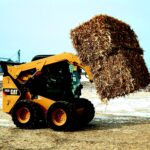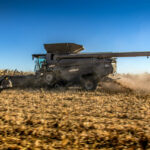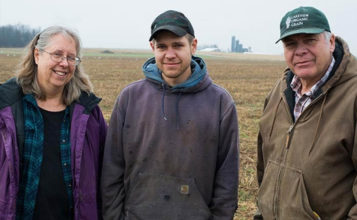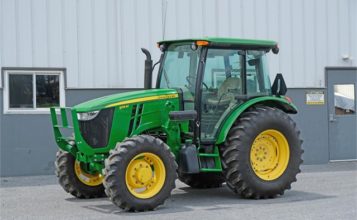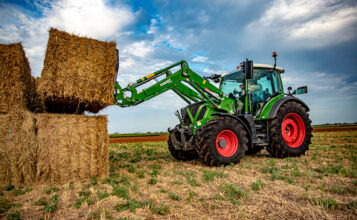How Telehandlers Really Benefit Your Farm Work
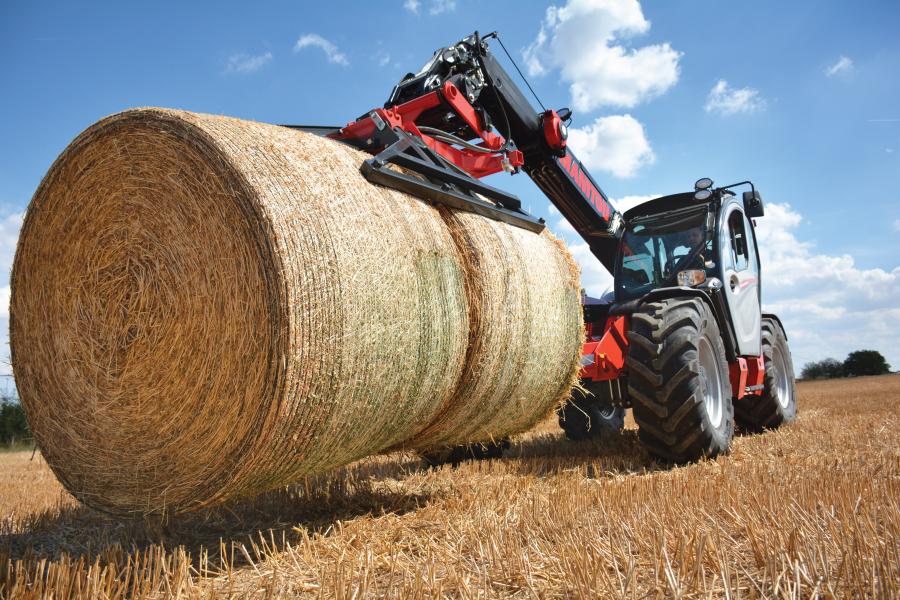
Tractors have been around since the 1800s, and forklifts have been around since 1917, but the telehandler made waves in the agriculture world when it burst onto the scene in the late 1970’s. A fantastic innovation, it came to stay—and now many farmers can’t imagine life without it.
Stronger than most tractors and more more gentle on terrain than a skid loader, telehandlers (short for telescopic handlers) are game-changers for farmers who are doing outdoor construction, moving heavy loads over uneven terrain, or even just organizing large barns or placing things up high.
TELEHANDLERS VS FORKLIFTS
First of all, what is a telehandler, and what is the difference between that and a forklift?
A skid loader moves loads up and down, and a driver moves the machine forwards and backwards as necessary. Even the largest skid loaders that carry the heaviest loads are limited by their range of motion.
Telehandlers, however, have a giant boom arm that can move loads up, down, sideways, and back and forth, without having to go anywhere. When they do go somewhere, they can carry bigger loads for longer distances. For these reasons, telehandlers are popular with farmers.
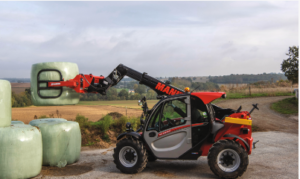
FEATURES OF TELEHANDLERS
Agricultural telehandlers come in fixed and rotating options; fixed ones have a boom that is fixed to the frame and can only turn by moving the whole vehicle, whereas a rotating one has a boom that can swivel all around while the frame stays facing one direction. Overall, telehandlers stand out for three main reasons:
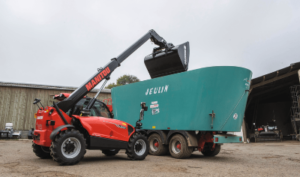
Attachments
Telehandlers have a wide variety of attachments for just about any reason you can think of. Yes, they have pallet movers, but they also have claws, buckets, sheet handlers, trash hoppers, truss booms…the list goes on.
You can even get a work platform that will lift a worker up to a tree or window or roof as needed!
Range of Motion
Telehandlers can move things in any direction—up, down, sideways, diagonally, or a combination. Rotating telehandlers are obviously better at that then fixed ones.
Some of the attachments are meant to extend the boom arm for an even further reach, and telehandlers have a tilting function so that the attachment can tilt up and down as needed.
Frame Leveling
If you need to anchor your telehandler into one place while it handles heavy loads, you can get stabilizers or levelers so that it won’t roll around or shift where you don’t want it to go.
BENEFITS OF TELEHANDLERS ON FARMS
Farmers for decades have been saving time, money, and energy by using telehandlers.
Versatility
In just a few minutes a telehandler can switch from moving concrete bricks for a new retaining wall, to moving hale bales to your barn, to putting a friend on the roof to take down the Christmas lights. Telehandlers can be used to pick cherries, haul garbage, move buckets of feed or bales of hay, load wheels, or function as a crane. They don’t even have to be limited to carrying things from one place to another; telehandlers can push and pull things. Think plowing snow, or removing a stump.
And the attachments are made to be easily changeable—no spending precious time switching out attachments here! Just pull the pin, push the button, and you and your telehandler are off to conquer the next item on the to-do list.
Cost-savings
A telehandler can replace a loader tractor in many situations and can outreach a skid steer loader. This allows telehandlers to replace existing equipment or expand the capability of your fleet. Compact telehandlers are also easy to store, saving space in your barn.
CONCLUSION
These machines are durable and built to last through the toughest jobs, the toughest terrain, and the toughest weather. If you are wondering if a telehandler is right for you, consider renting one for a couple of weeks.
To learn more about how telehandlers can save your farm money, contact Agriteer today. Or check out the used telehandlers on sale now.

